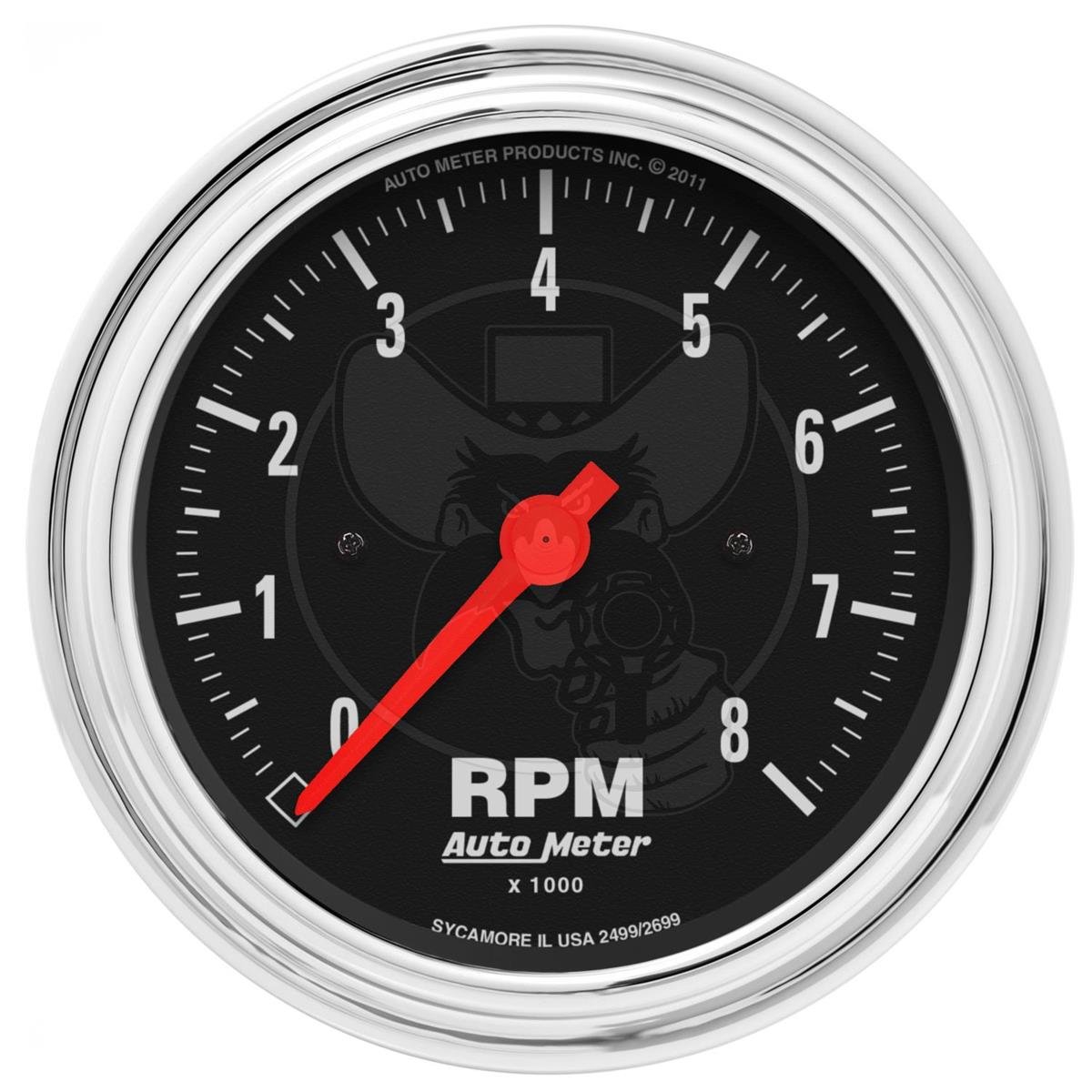Unlocking the Secrets of Tachometers: Every Little Thing You Required to Find Out About This Crucial Instrument in Your Car
Understanding the intricacies of tachometers can offer important insights right into your vehicle's efficiency and upkeep demands. From measuring engine rate to decoding the information it provides, tachometers act as a crucial device for car owners and fanatics alike. By unwinding the secrets behind this essential tool, you can unlock a wealth of details that can improve your driving experience and ensure the long life of your car.
Importance of Tachometers
The value of tachometers exists in their ability to give important real-time data concerning an engine's rotational speed, permitting for exact monitoring and upkeep of machinery. By gauging the transformations per min (RPM) of an engine's crankshaft, tachometers provide valuable insights right into the engine's performance - tachometer. This information is vital for guaranteeing that the engine runs within its optimum variety, preventing potential damages from over-revving or underperforming
Tachometers play an important role in aiding operators and technicians spot any kind of abnormalities in the engine's speed, which can suggest issues such as gas inefficiency, mechanical issues, or excessive stress on the engine. By promptly recognizing these problems via tachometer readings, maintenance can be executed proactively, avoiding pricey repair services and downtime in the long run.
Additionally, tachometers are particularly important in high-performance lorries and machinery, where specific control over engine rate is needed for optimal procedure. Racing cars, airplane, and industrial tools rely on tachometers to provide peak efficiency while preserving safety and security standards. In essence, tachometers are not simply tools for measuring rate yet important devices for ensuring the smooth and effective operation of engines throughout numerous applications.
How Tachometers Step Engine Speed
Using sensors that detect the regularity of electric pulses produced by the engine's ignition system, tachometers accurately gauge the rotational rate of an engine. By monitoring the price at which these pulses are gotten, tachometers supply real-time comments on just how quick the engine's crankshaft is revolving per min, commonly described as changes per minute (RPM)
The tachometer's sensor, frequently linked to the engine's ignition coil or spark plug cables, grabs the electrical signals generated each time a cyndrical tube fires. These signals are then exchanged RPM analyses displayed on the scale or tool cluster within the driver's view. Tachometers can be analog or electronic, with contemporary lorries typically including digital screens for precise and immediate RPM analyses.
This information is critical for motorists to recognize the engine's performance, stop over-revving, optimize gear moving, and ensure effective gas intake. By accurately determining engine rate, tachometers play a vital function in assisting vehicle drivers operate their lorries safely and efficiently.
Translating Tachometer Analyses
Having a More Help clear understanding of just how tachometers determine engine speed establishes the foundation for effectively analyzing the RPM analyses displayed. Analyzing tachometer analyses is essential for optimal automobile performance and engine wellness. When the engine is idling, the tachometer needle commonly rests around 600-1000 RPM, depending on the car.


Tips for Making Use Of Tachometers Successfully
To enhance driving performance and maximize engine efficiency, what key approaches can be executed for effectively using tachometers? Tachometers are crucial tools that provide real-time comments reference on engine rate, enabling motorists to make informed choices for far better performance - tachometer. Right here are some tips for utilizing tachometers properly:
Recognizing Optimal RPM Range: Familiarize on your own with the ideal RPM (Changes Per Min) range for your car. Keeping the engine within this variety can enhance gas performance and lengthen the engine's life-span.
Changing Gears at the Right Time: Utilize the tachometer to identify the ideal time to move equipments. Goal to shift gears when the RPM gets to the ideal array for the following equipment.
Checking Engine Tension: High RPMs for long term periods can stress the engine. Maintain an eye on the tachometer to stop over-revving, especially throughout velocity or when carrying heavy loads.
Tachometers and Automobile Maintenance
When taking into consideration automobile maintenance, tachometers play a crucial duty in keeping an eye on engine performance and identifying prospective concerns. Full Article Tachometers supply important information on engine speed, enabling drivers and technicians to guarantee that the engine is operating within the suggested RPM range.
In addition to detecting prospective issues, tachometers can likewise assist in optimizing gas performance. By keeping the engine rate within the optimal array, chauffeurs can enhance their gas mileage and reduce gas consumption. This not just benefits the vehicle driver's budget but additionally adds to ecological preservation by reducing hazardous exhausts.
Verdict
